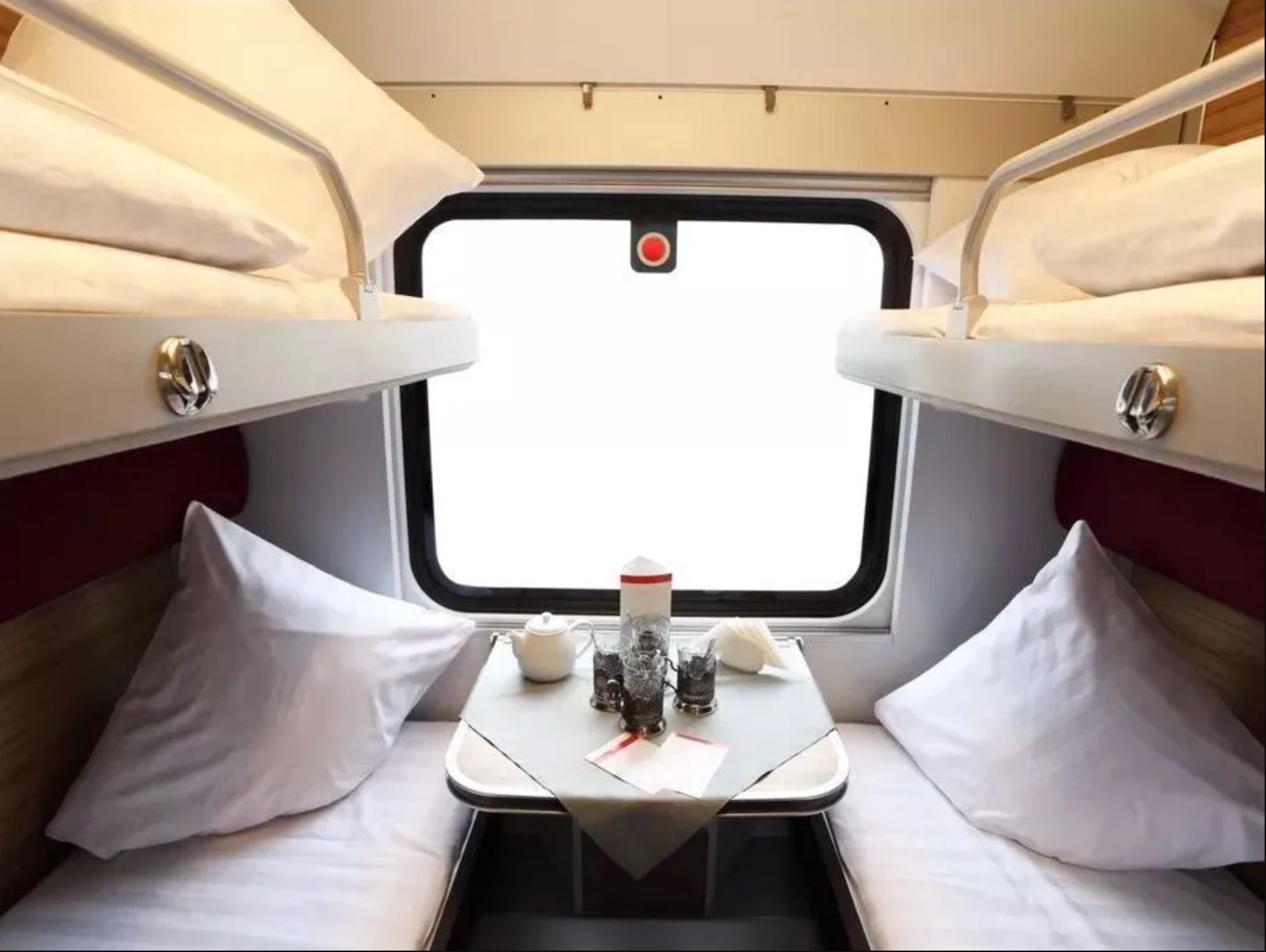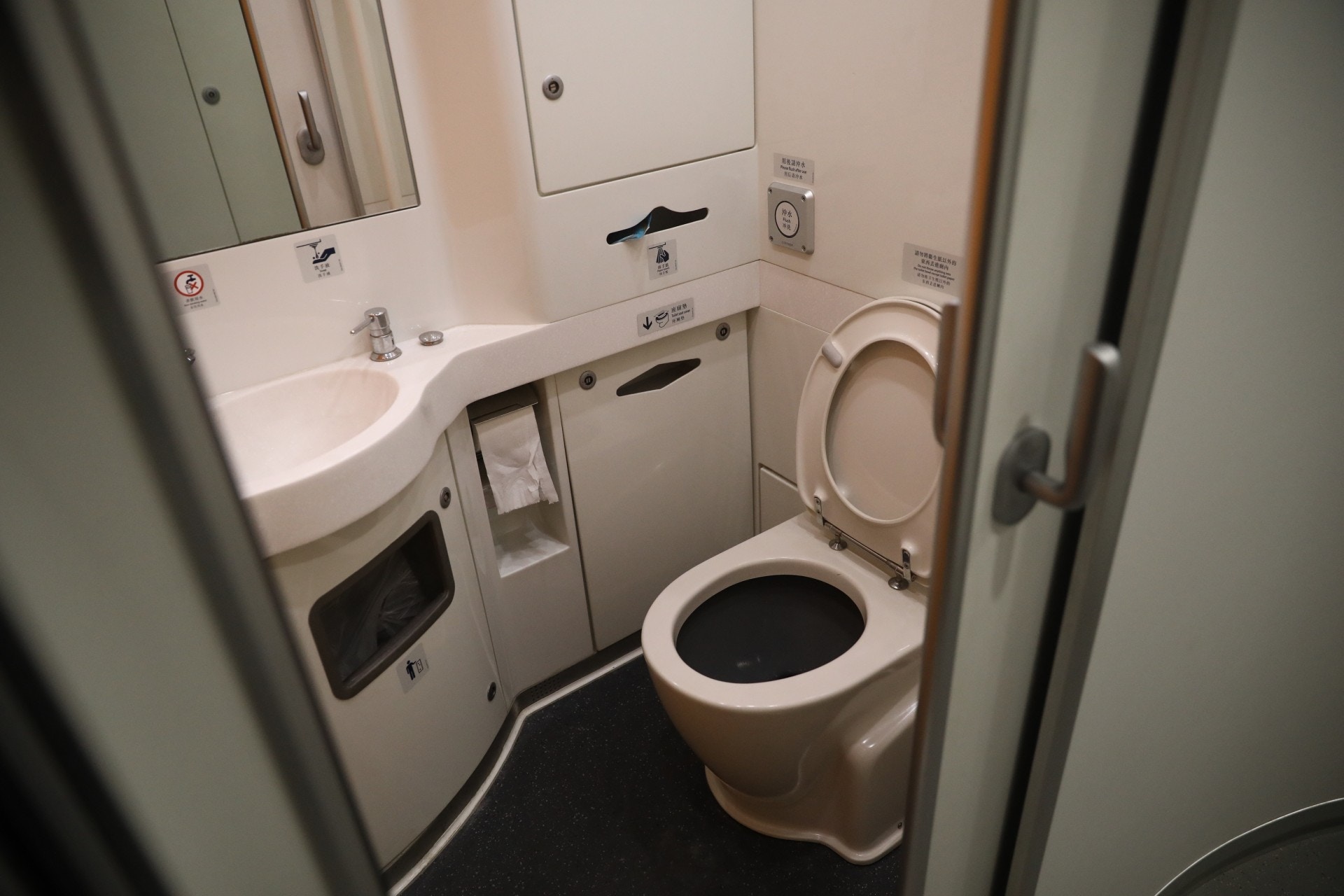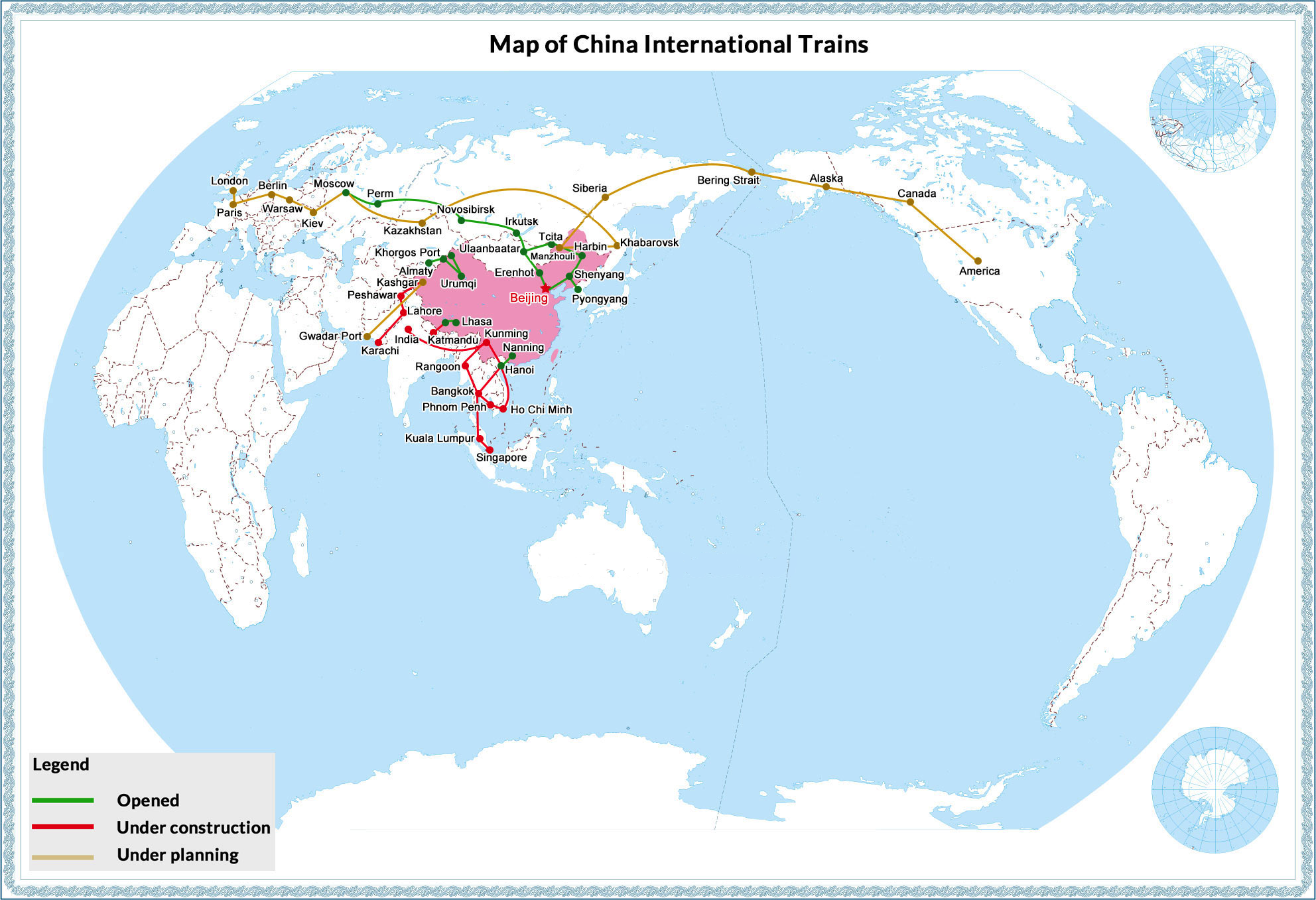Ultimate Guide to China Railway
At the end of 2015, China's railway operating mileage reached 120,000 kilometers, second only to the United States, and the high-speed railway mileage was 19,000 kilometers, exceeding the total mileage of other countries in the world. Cheap and trustworthy railway passenger transportation is one of the most important modes of transportation when traveling within China.
Railway travel can experience the beauty of nature and human engineering wisdom at the same time. Whether you like to travel slowly on the railway, enjoy the slow retreat of the mountains and villages outside the window, or you like the beauty of machinery, you like to use the camera to freeze bridges, tunnels, exhibition lines, locomotives, water signs, visit unknown stations, collect train tickets and platforms ticket. China has the world's second-largest railway network. It has both high-speed rail and modern transportation hubs, as well as classical railway stations, narrow-gauge railways, and even steam locomotives in operation, which is an endless treasure for railway travelers.

Routes of China Railway

The blue line can run EMU trains with a speed of 300 km/h or more; the orange line can run EMU trains with a speed of 200 to 300 km/h; the green line is a line that has been electrified on the basis of ordinary railways, and can also run EMUs Group trains; gray lines are general lines.
Types of Trains
China Railway is divided into different coach classes in the same train. The coach classes of each train may vary.
- G - (Fuxinghao) High Speed Bullet Train, running speeds above 300 km/h.
- C — InterCity, which can also reach 300 km/h, contacting cities that are closer.
- D — (Hexie) High Speed Bullet Train, running at a speed of 200~300 km/h.
- Z - Direct, the speed can reach 160 km/h, there are fewer stops, generally only stops near the starting station and the terminal station.
- T - Express, the speed can also reach 160 km/h, but there are more stops, so the time is longer.
- K — Fast, the speed can reach 120 km/h, it is currently the most passenger train type in mainland China.
- Y — Travel, the speed can also reach 120KM/H, generally used for tourism in the province.
- Trains with no letters and only four digits: ordinary trains, 1001~5999 are ordinary fast trains, and above 6001 are local trains that stop at all or most stations along the way.
- L —Temporary, generally increased temporarily during peak periods such as the Spring Festival and November, the speed is slow, and the car is often given away. The main function is to send people to the destination, regardless of whether they are on time.
China High Speed Bullet Train - CRH
"CRH" is the abbreviation of "China High-speed Railway" in English. It is a registered trademark of China Railway Science Research Institute Group Co., Ltd. It is painted on the exterior of the body of a power distributed electric train unit jointly produced by China and foreign countries. "CR" is the abbreviation of "China Railway Corporation", painted on the exterior of the Chinese standard EMU body independently developed by China.
The CRH series EMUs are named "Hexie(Harmony)", which means "building a harmonious railway, creating a harmonious journey, and building a socialist harmonious society". Some CRH series EMUs have been renamed in accordance with local tourism or commercial culture; among them, the appearance of CRH2G trains is " White Horse". The CR series EMU is named "Fuxing(Renaissance)", which means "carrying the Chinese dream of the great rejuvenation of the Chinese nation"; the appearance of CR400 trains has "red dragon" and "golden phoenix".
The high-speed rail Harmony mainly includes G, D, and C trains.
CRH G Fuxing(Renaissance)

CRH Hexie(Harmony)

CRH D Train

China High Speed Rail Route Map

Coach Classes
Generally speaking, for the same seat, the higher the speed of the train, the higher the ticket price.
The facilities on the G and D trains include dining carts and snack carts. The bathroom is roughly clean.
Business Class

You can only found business class seats in certain G trains (high-speed trains). They are the most comfortable and most expensive seat category on domestic trains. Each row has three leather seats that can be adjusted backwards-two of them are located beside the aisle On one side, and the other seat is on the other side. This type of business class is suitable for travelers who wish to relax or rest during their journey.
VIP

Some G trains do not have business seats but VIP seats. Although the VIP seats are not as luxurious as the business seats, they are still very comfortable and equipped with reading lights and video systems.
First Class

Each row has 4 seats, some of which can be adjusted backwards. This type of seat provides passengers with a comfortable and spacious space. In addition, each seat is also equipped with power sockets, pillows and a small table.
Second Class

It is the most affordable seat category in domestic high-speed trains. Each row has 5 seats, and the seats are equipped with power outlets. Although the second-class seats are not as spacious as other seats, it is still a good choice for most passengers.
Fully seated second class

Sightseeing Seat
Located in the business seating area, this type is a window seat, and passengers can enjoy the scenery along the way.
Overnight Train
Sleeper EMU trains, are often mistakenly referred to as high-speed rail moving sleeping, which refers to a type of EMU trains operated in mainland China, so the type of train is generally sleeper Named after the carriage, it opened for the first time on December 21, 2008. Sleeper EMU trains generally choose to run at night, mostly in the evening. The main routes are from Beijing to Shanghai, Guangzhou, Shenzhen, Zhuhai, Guiyang, and Shanghai to Xi’an, Guangzhou, Shenzhen, Beijing, and Lanzhou. From January 1st to March 15th, 2015, the first sleeper EMU trains from Beijing and Shanghai to Guangzhou and Shenzhen.
Sleeping trains are usually scheduled to depart at around 8:00 in the evening, and arrives at 7:00 and 8:00 in the morning. The duration is 11-12 hours. This allows passengers to schedule more compact travel. It saves passengers' daytime time and is more suitable for travelers on business trips, traveling, and visiting relatives. Therefore, the sleeper trains are time-saving, trouble-saving, money-saving, safe, comfortable, and convenient, and they are also cost-effective.
Sleeper Compartment
Sleeper Compartment First Class

Each compartment of the soft sleeper has 2 upper berths and 2 lower berths. There is also a premium sleeper room for two persons.
Sleeper Compartment Second Class
Each compartment of the soft sleeper has 2 upper berths, 2 middle berth, 2 lower berths.
Couchette



Facilities
The facilities on the G and D trains include dining carts and snack carts. The bathroom is generally clean.
Wash basin

Toilet

Water heater

Regional/Local Trains
Regional/Local Trains include express train, fast train and local trains

Coach Class
Ordinary trains contain the following seats, arranged from highest to lowest:
- Superior soft sleeper: each box has two beds, including sofa, wardrobe, separate toilet (some with shower) and other facilities
- Soft sleeper: each box has four beds, divided into upper and lower berths, including independent reading lights
- Hard couchette: six beds in each partition space, divided into upper, middle and lower berths
- Soft seat: 4 seats in a row, some trains are divided into first and second class seats
- Hard seat: 5 seats in a row
- No seat: some trains will sell seatless tickets, the price is the same as the lowest fare
- Sometimes, due to insufficient seats or increased vehicle utilization, some trains may sell tickets for substitute seats for sleeping berths.
China Railway Cross Border Train Routes

Train Types
Ticket
Booking China Railway Ticket
After booking a ticket from G2Rail, you will receive a ticket number, and the information about the train you booked will be linked to your valid documents (such as passports, ID cards for Mainland China, residence permits for residents of Hong Kong, Macau and Taiwan, etc.). Of course, you can directly enter the station through the gate with your ID. We recommend that the voucher and ticket number be printed at the station's automatic ticket machine or manual window. You need to purchase tickets based on valid ID documents such as ID cards or passports.
Ticket Type
CRH high speed rail ticket

There are two types of train tickets in China, red and blue. Passengers holding red train tickets should pass manual ticket inspection gates, while blue trains require automatic ticket inspection gates.
Blue and red ticket inspection gates

Route Planning
There are some tips in route planning:
When China Railway sells tickets, more tickets are reserved for mainl stations. For example, if you start from Zhongxiang and take a bus to Hangzhou, there is only one K530/1. If you find that Zhongxiang’s sleeper tickets to Hangzhou have been sold out that day when planning your itinerary, don’t be disappointed, because it is the same train, and you may still have tickets for the sleeper from Wuchang Station to Hangzhou. If this is the case, as long as you have two valid documents, you can use one to buy a hard seat from Zhong Xiang to Wuchang and the other to buy a sleeper from Wuchang to Hangzhou. Therefore, if you often travel by train in China, it is best to take your passport to the train station for identity verification and verification as soon as possible, so that you can have two valid ticket purchase documents, an ID card and a passport, and can deal with some complicated situations.
Some green trains (regional trains) will pass the boarding and landing stations on the way, that is, stations that are unattended all year round. Generally speaking, the boarding and landing stations are set up to facilitate the commuting of local residents, but occasionally, travelers can also use them. For example, if you travel in Chifeng City, Inner Mongolia, you will first go to Balinzuo to visit the Liao Shangjing Site and Museum, and then you will go to Keshiketeng. At night, you want to stay in Reshui Town to enjoy hot springs. At this time, travelers can consider taking K898 times or 6038 times, from Lindong Station to Jingpeng Station, and then take a taxi or bus from Jingpeng Town to Shuei Town; or choose 6042 times from Lindong Station Sit directly to the Garadestai Station, which is a kind of embarkation and landing station. It should be noted that if a certain train will stop at the boarding and landing station, the timetable information can be queried on the 12306 website, but it is not possible to buy tickets with the boarding station as the starting or ending point. In the previous example, the correct approach should be to buy a ticket from Lindong Station to Linxi Station, and then contact the conductor after getting on the train to reissue the ticket for the remaining distance.
On Board
Find Seat
If you have a reservation, you need to find a designated seat, and the seat number is clearly posted on the side of the luggage rack located above the seat. If there is no reserved seat, feel free to find an empty seat. You can store your luggage on the shelf above the seat or the storage area at both ends of the train, but using these luggage areas, for safety reasons, unless you have a chain lock or you can easily see the luggage area, it is recommended to use the luggage rack above the seat .
Ticket Validation
Once the train starts to run for a period of time, the inspector will pass and ask for the ticket. If you have just boarded the bus, please show your ticket (or your passport if your pass requires proof of age or proof of residence). The inspector will punch or stamp and return it to you. Unless there is a staff change, you do not need to show it again during the trip. Some regions and local trains will not have inspectors, and the passengers on these trains are on the credit system. Before boarding these trains, you must purchase all tickets and reserve seats. Regular spot checks and high fines are imposed on people who do not have valid tickets.
Arriving
When the train arrives at the station, there will be a captain's announcement or an electronic display to announce the next station information. At some stations, the train only stays for one or two minutes. When the train enters your station, stand in front of a door. When the wheels stop, turn the handle on the door to automatically open the door.
Carriage display showing information of next stop



























